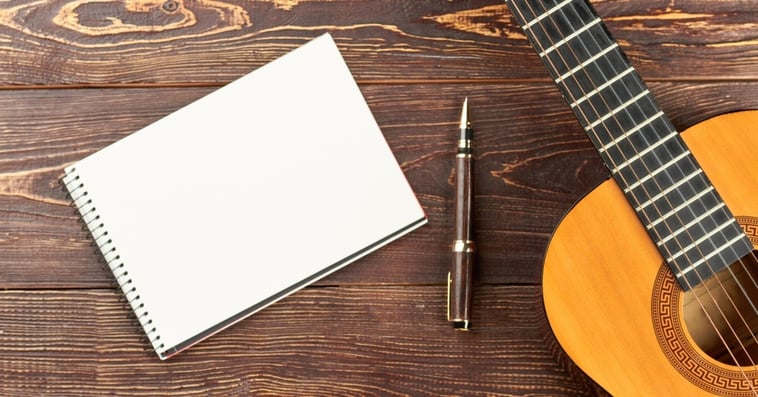by Molly-Ann Leikin

While researching current royalties for my new book, INSIDER SECRETS TO HIT SONGWRITING IN THE DIGITAL AGE, I needed to gather specific dollar amounts for all the different kinds of performances. However, as pushy as I am, nobody I contacted would give me exact figures. What? I kept noodging, but nothin’. I was stunned. The people I queried were executives I’d know all of my songwriting life. I wasn’t some bowlegged, schlock scammer selling third mortgages on pink igloos in Medicine Hat, but I felt like it.
Finally, thank God, composer Richard Bellis, suggested I contact Jeff and Todd Brabec, the authors of Music, Money and Success. With their permission, I’m sharing this chapter of my new book with you.
WHERE DO OUR ROYALTIES COME FROM?
Most of the money we earn as songwriters comes from the performing rights area. There are organizations that collect royalties for us in the USA and in foreign countries throughout the rest of the world. These organizations represent most songwriters, film and TV composers, and music publishers.
The performing rights societies are:
the American Society of Composers, Authors, and Publishers (ASCAP), Broadcast Music, Inc. (BMI), SESAC (the Society of European Stage Authors and Composers), and Global Music Rights (GMR). Together, those four societies collect more than seven billion dollars for us a year.
Beats workin’.
Performance royalty income continues well beyond the lives of many writers. In fact, the copyright for our work is the life of the writer plus seventy years. However, the royalty figures vary for any given type of use.
FOLLOW THE MONEY
- Number One Billboard pop song of the year: Writer and publisher income: $2,400,000
- Ten minutes of underscore per episode on a network TV series airing for ten years: Writer and publisher income: $1,656,000
- Theme song for a network TV series on the air for five years: $460,000
- Song performed on camera on a primetime network TV: $7,000
- Hit song used in a commercial with a two-year broadcast run: $400,000
- Number one pop chart single: $1,400,000
- Number ten pop chart single: $500,000
- Number fifty pop chart single: $90,000
- Fifteen minutes of underscore on each episode of a television series airing for one year: $44,000
- One performance of a primetime network television series theme song: $2,000
- A major popular song’s lifetime of copyright earnings: $7,000,000 12. Jingle performance on network television: $50.00
- Production company logo: $50.00.
- Worldwide foreign performances of a top ten chart hit: $1,600,000
- Foreign performances of the underscore from a number one worldwide blockbuster movie: $1,000,000
- One college radio performance: six cents
As of this writing, I’ve heard from hundreds and hundreds of songwriters who’ve had over a million plays each on Spotify and Pandora, but their royalty checks were less than $18.00. That’s not a typo. So, I strongly suggest you redirect your creative efforts to the options above.
Now get to work and write, re-write and re-re-write your original songs, with original lyrics, surprising rhythm and irresistible melody.
Write well. Do yourself proud. Write some hits and let me know how you do.
ABOUT THE AUTHOR
Molly-Ann Leikin is an Emmy nominee who created the industry of Song Consulting. She has written over six dozen themes and songs for TV shows and movies, including Violet, which won an Oscar. Molly has also written with/for everyone from Katy Perry to Cher, Tina Turner, Anne Murray, Placido Domingo, Billy Preston – even Yitzy Ya Ya and the Yo Yo’s. And she has been the mentor to two generations of Grammy-winning lyricists, songwriters and singer/songwriters. Molly is the author of INSIDER SECRETS TO HIT SONGWRITING IN THE DIGITAL AGE, and flosses. Visit her at www.songmd.com
For information on the 28th Annual USA Songwriting Competition, go to: https://www.songwriting.net


